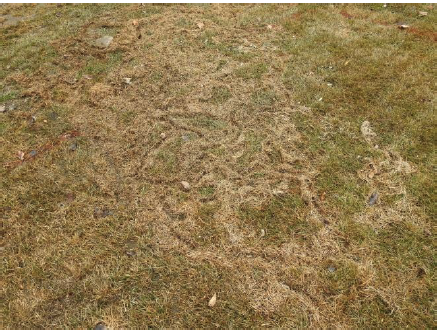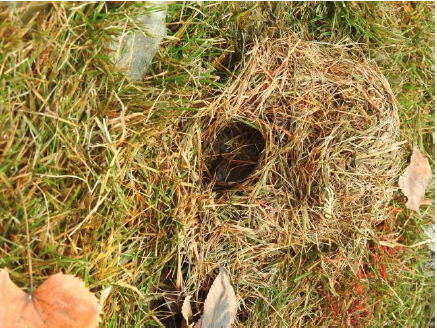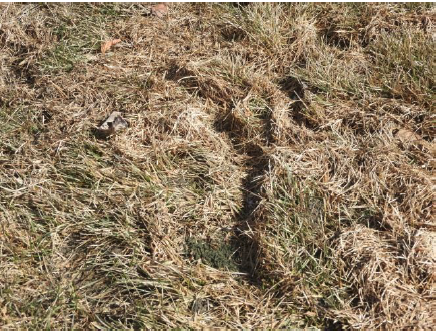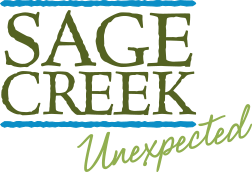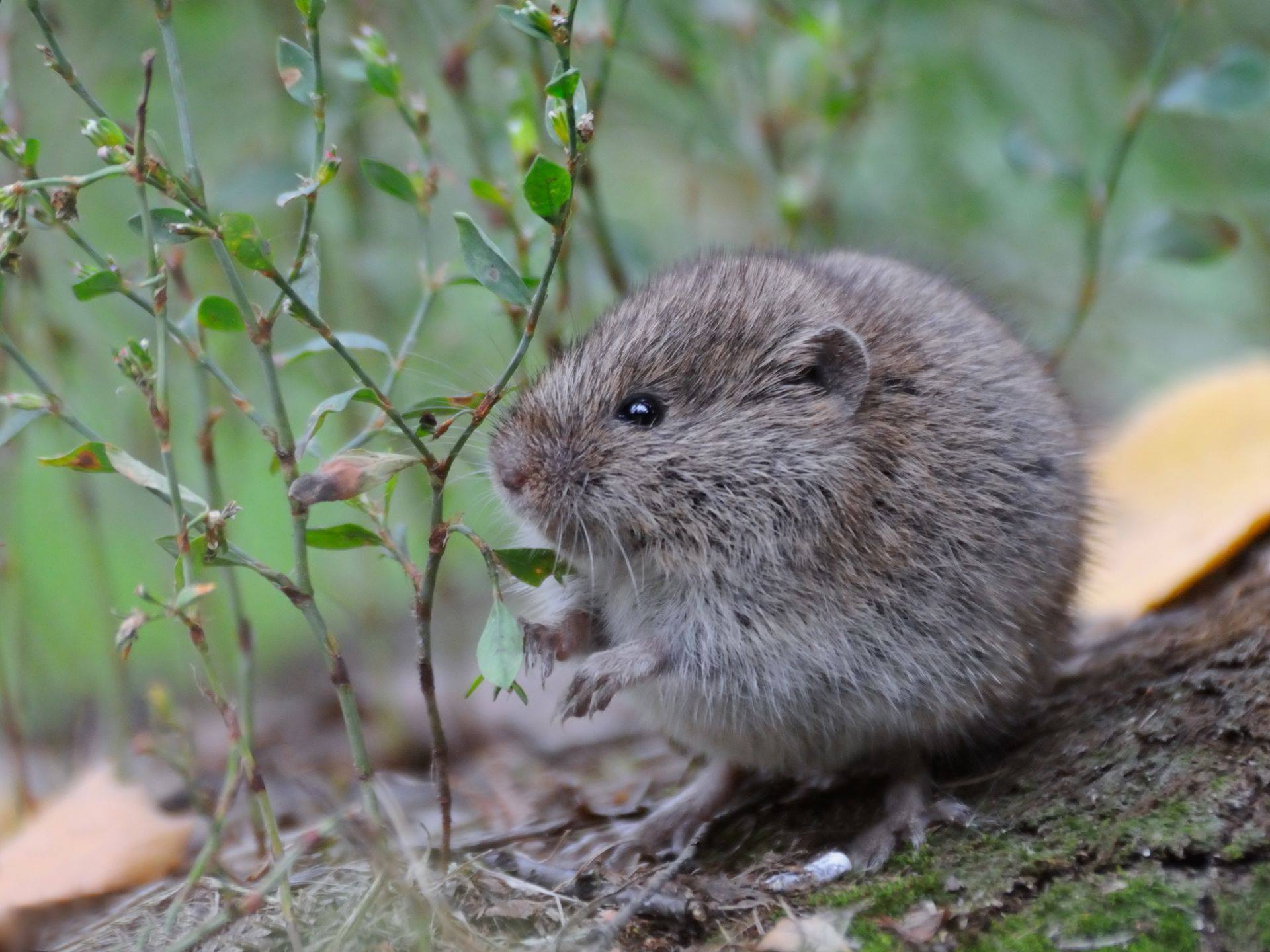Rodents are one of the most successful animal groups and mammals because of their ability to occupy nearly every habitat around the globe. The integration of residential communities and naturalized areas, such as Sage Creek creates the potential for humans to interact with a variety of rodent species they may not otherwise encounter. Rodents thrive in conditions with an abundance of vegetation to provide food and overhead cover to protect them from predators. Due to the nature of many of these rodent species, property damage can occur and is influenced by many factors including the species of rodent, the phase of its population cycle, it’s reproductive cycle, the natural history of the habitat, the type of edge conditions that exist, and weather conditions.
Voles, a common rodent in the Winnipeg area prefer open spaces, such as grasslands and heavy ground cover of grasses, or grass like-plants. They typically require a full canopy cover for protection from predators and to establish their system of runways. They travel using a system of shallow burrows and runways underneath vegetation and snow.
Primarily vegetative foragers in the summer voles feed on grasses and a variety of weedy plants. During the winter months they eat grains, seeds, trees, bark, and roots. Their population fluctuates and generally peaks every two to five years. It’s during these population peaks when voles cause damage to lawns and ground covers by feeding and the construction of runway and tunnel systems. Solutions to reduce the likelihood and severity of vole damage include eliminating weeds, ground cover, and litter around lawns and mowing lawns and turf regularly and clearing mulch at least one meter from the base of trees.
Native grasses have much deeper root systems than non-native species (lawn grass/sod). These long roots give native species the advantage when it comes to competing for water and nutrients. Voles mainly occupy shallow burrows and runways beneath the vegetation and snow feeding on vegetation both above and below ground in these zones. The “super” roots of native grasses are established well below the zone where voles mainly occupy. Voles have little to no effect on the established native grass plantings nor are they attracted to native grasses.
Voles have little impact outside of areas that provide overhead cover from predators. Even without naturalized areas, they will inhabit areas along tree-lines and ditches. Voles will likely be a factor no matter how public areas are handled, but the above mentioned solutions make homes and yards less attractive to this species.
